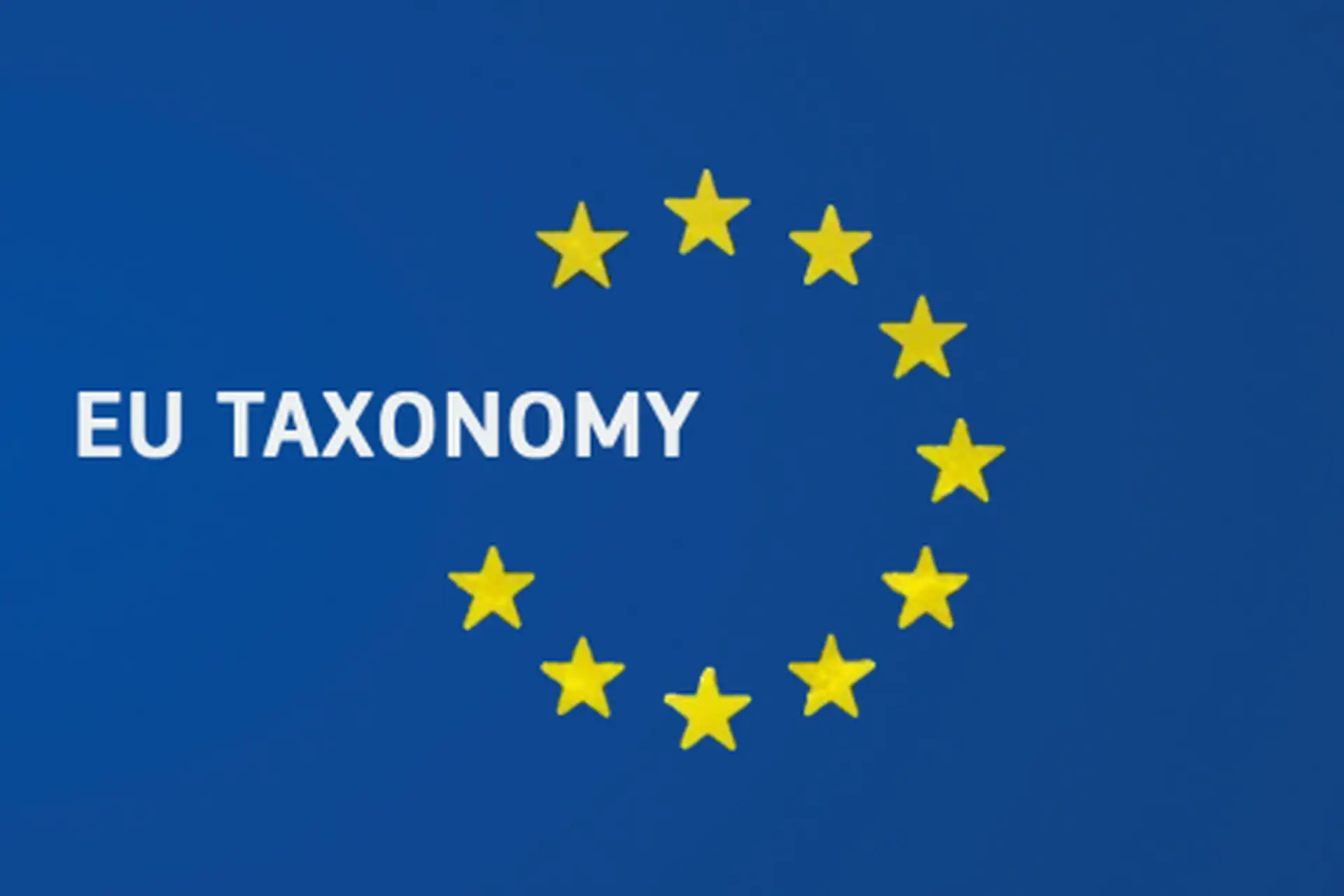What is the EU taxonomy?
Reading time: 3 minutes
Reading time: 3 minutes

In order to accelerate the ecological transition, investments in the European Union have to reorient themselves towards sustainable activities. That’s why the EU has developed the EU Taxonomy, a tool that can be used to define and compare sustainable activities.
In order to mitigate the consequences of climate change and achieve the goals of the European Green Deal, the EU has set climate and energy targets. The first step towards achieving these goals is to have a clear definition of what is “sustainable”. The Taxonomy serves exactly this purpose.
The EU Taxonomy is a classification system for sustainable economic activities, in other words, those that have a positive impact on the environment. The aim of this system is to make it easier for investors to redirect their funds toward sustainable activities.
The Taxonomy was developed by a group of technical experts in sustainable finance, as part of an action plan on financing sustainable growth.
Activities that are eligible for the Taxonomy must make a significant contribution to at least one of the following sustainable goals:
At the same time, they must not significantly undermine other objectives and must respect minimum guarantees in terms of human and labor rights.
The classification has been developed using precise technical criteria, both quantitative and qualitative, a methodology and guidelines described in the EU Taxonomy report created by experts, stakeholders, and consultants from around the world.
All stakeholders are encouraged to use the European taxonomy to classify their economic activities as sustainable. However, reporting will be mandatory in three cases:
Thanks to the European taxonomy, financial players will be able to take a close look at the sectors in which they invest. In total, more than 70 activities are concerned, representing over 90% of the European Union’s greenhouse gas emissions.
From 2022 onwards, the European Commission has decided to include the gas and nuclear sectors in the Taxonomy. While this might seem counterintuitive, these sectors were included as enabling and transitional activities. In other words, gas and nuclear are included because they temporarily enable the sustainable development of other sectors.
This decision was strongly criticized, especially by Greenpeace. In February 2023, the ONG decided to take the European Commission to court over the matter, after the formal request to abandon these sectors had been refused. According to Greenpeace, “the inclusion of gas and nuclear violates both the taxonomy regulation itself, but also more broadly European climate law and the EU’s obligations concerning the Paris Agreement.”
The adoption of the EU Taxonomy has important implications for companies operating on the continent.
Firstly, it provides a framework for companies to rethink their sustainability strategy and align their activities with environmentally-friendly practices. This will make them more attractive to investors, who are increasingly looking to back companies committed to sustainable practices.
However, the European taxonomy does not constitute a compulsory list of economic activities in which investors should invest. Nor does it set any binding environmental performance requirements for companies. In other words, investors are free to choose what to invest in. Nevertheless, we can expect financial market players to take a much closer look at the activities in which they invest.